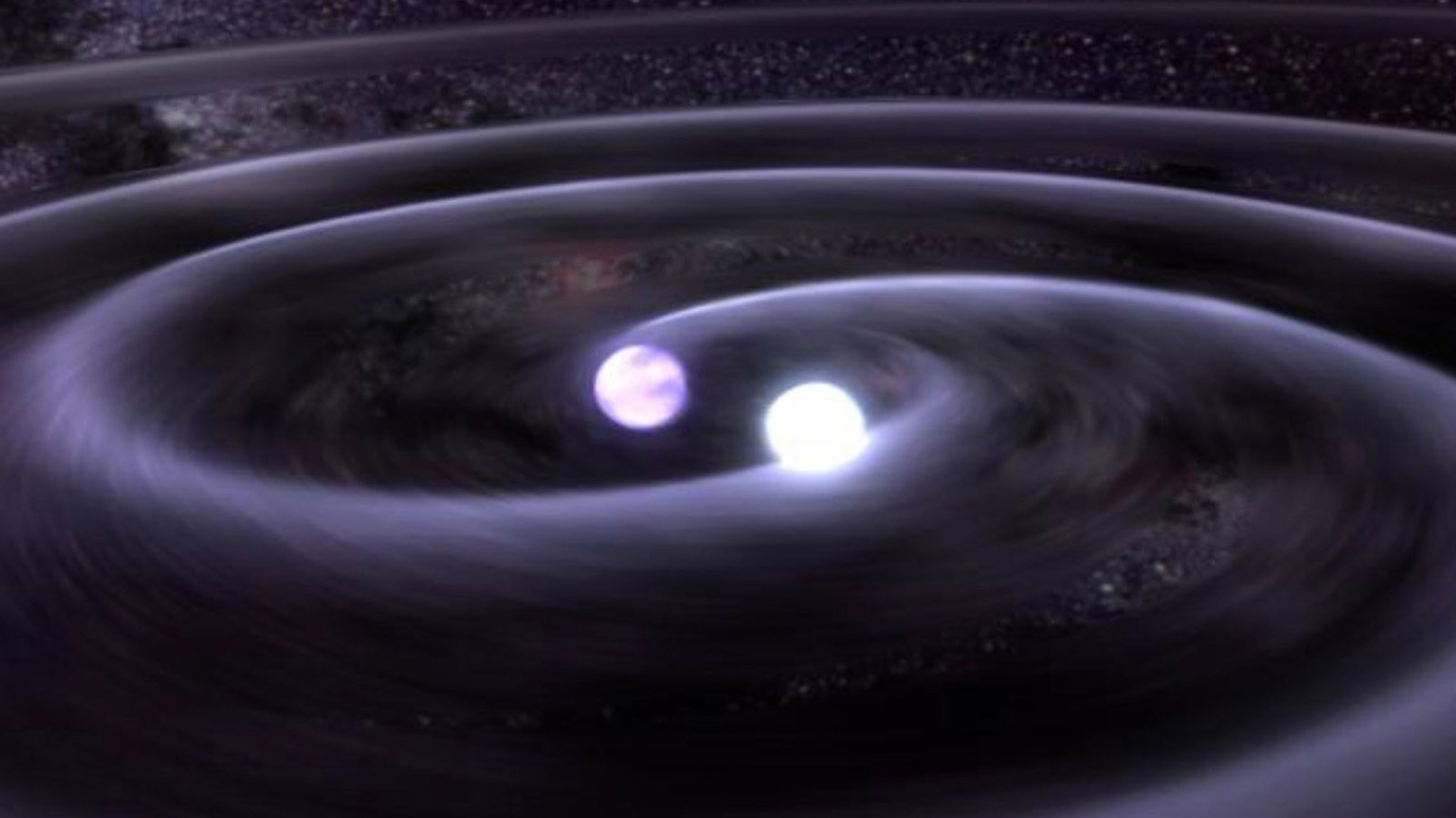
Astronomers from Harvard and the Smithsonian observed a new type of binary star that has been theorized to exist. Here’s all about a rare star that explains the missing links in the formation and evolution of the universe.
A rare and theorized binary star is discovered

This month’s issue of Monthly Notices of the Royal Astronomical Society, explains a new class of stars. It was discovered by Kareem El-Badry, a postdoctoral researcher using available data and the Shane Telescope at California’s Lick Observatory. “We have observed the first physical proof of a new population of transitional binary stars. This is exciting; it’s a missing evolutionary link in binary star formation models that we’ve been looking for,” stated El-Brady. Additionally, he is also a member of the Center for Astrophysics’s Institute for Theory and Computation.
Most of the time(97 percent to be exact), when a star dies, it becomes a small dense object, burning through its fuel known as a white dwarf. However, in very rare instances, a star can be an extremely low-mass (ELM) white dwarf. However, if stellar evolution as we know is correct, then all ELM white dwarfs are over 13.8 billion years old—older than the universe. “The universe is just not old enough to make these stars by normal evolution,” added El-Brady. Over the years, researchers have come to believe that the only way of forming an ELM white dwarf is through a binary companion. That is, they think the gravitational pull from a companion star can quickly eat away a star, forming an ELM white dwarf.
What is the missing evolutionary link?

Astronomers observed massive normal stars like the Sun expediting onto white dwarfs. This is a cataclysmic variable. They also observed ELM white dwarfs having normal white dwarf companions. However, the phase of transformation when the star is out of most of its mass and contracting into an ELM white dwarf was not seen. However, they now have foolproof evidence to back this. El-Brady decided to begin searching for the pre-ELM white dwarf, a rare binary star in 2020, using data from Gaia. Gaia is a space-based observatory by the European Space Agency (ESA). Additionally, he also used the Zwicky Transient Facility at Caltech for narrowing down 50 potential stars from the one billion candidates.
“If it weren’t for projects like the Zwicky Transient Facility and Gaia, which represent a huge amount of work behind the scenes from hundreds of people—this work just wouldn’t be possible,” stated the researcher. He closely observed the stars. “100 percent of the candidates were these pre-ELMs we’d been looking for. They were more puffed up and bloated than ELMs. They also were egg-shaped because the gravitational pull of the other star distorts their spherical shape,” he explained. The work proved fruitful and they found the evolutionary link between cataclysmic variables and ELM white dwarfs, the two binary stars.
For EL-Brady, stellar astronomy is no different from 18th-century zoology. “You go out into the jungle and find an organism. Describe how big it is, how much it weighs—and then you go on to some other organism. You see all these different types of objects and need to piece together how they are all connected,” he explained.
